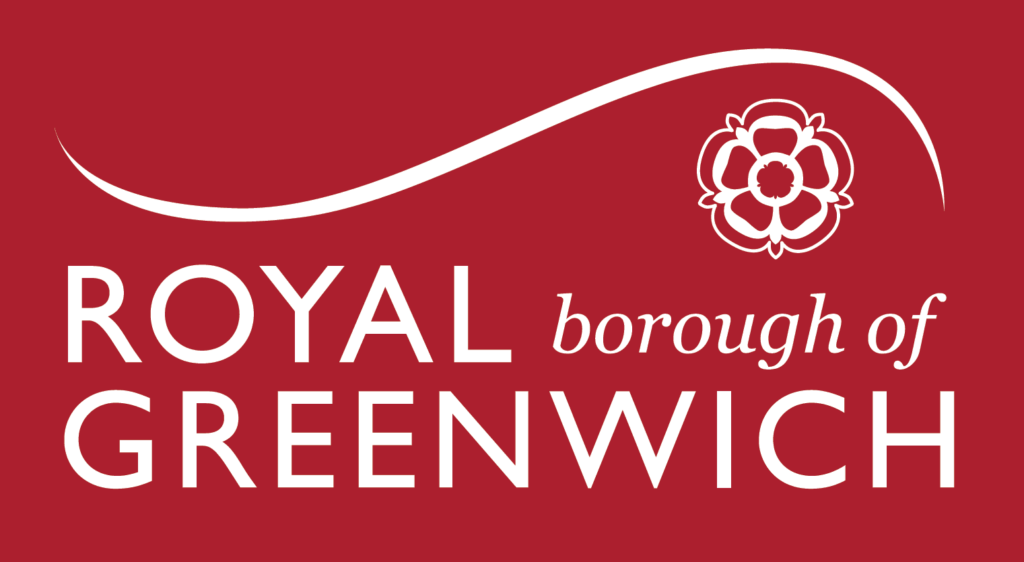Poor insulation and food poverty: A risk to assets, achieving net-zero and resident wellbeing
Housing stock in the UK is amongst the oldest and most fuel-inefficient in Europe. The risks that arise from these ageing, inefficient homes have multiple impacts for organisations, the planet and most importantly, those who live in these homes.
Homes with unfit insulation, problems with damp and mould and sustained underheating can cause long-term issues for housing stock. This is a financial risk where long-term solutions are needed as opposed to costly ‘band-aid’ repairs for fuel-inefficient homes.
Encouragingly, social homes are leading the pack, 64.3% of housing association homes are EPC rated C or above, in comparison to 38% in privately rented homes and 36% in owner-occupied homes. In 2019, over 100,000 social homes were improved to an EPC rating of C or above. These actions are having real effects on residents’ lives and between 2010-2019, fuel poverty experienced by social housing residents halved.
For providers, technology solutions can establish a deep understanding of an organisation’s housing stock and is a great place to start in identifying the properties that can be improved.
Achieving Net Zero
Carbon neutral targets have been a great driver for the sector to address fuel-inefficient homes. Presently, most housing providers are taking a ‘fabric-first approach’, meaning that if it’s possible to better insulate a property, they’ll act.
There is much work to be done, with a recent report from the UK Committee on Climate Change explaining that “minimal progress” had been made around insulating buildings adequately and moving towards low-carbon heating. At current estimates, the move to low-carbon heating in homes will take around 700 years to achieve.
Resident wellbeing
In 2019, there were an estimated 3.18 million people living in fuel poverty in England alone; 15% of those were thought to be social housing residents. Poorly insulated homes leave residents at risk of experiencing fuel poverty, exacerbated by rises in energy prices, cuts to Universal Credit and the Cost of Living Crisis.
There is also a demonstratable link between fuel and food poverty. A 2021 report from the Joseph Rowntree Foundation found that 37% of the social housing residents polled had experienced a reduction in their income since the beginning of the pandemic and had subsequently reduced their expenditure on food.
Housing providers have found themselves at the coalface of these issues and are adopting multiple strategies to protect their residents. In the short term, many are providing crisis funding to households in need through schemes such as HACT’s Energy Hardship Fund, which we are proud to support.
For some, long-term proactive and preventative strategies are being deployed. These include fabric-first approaches that improve homes and utilising analytical and predictive technologies that assist them in identifying households at risk and supporting homes before crisis actions are necessary.
By John Buckland, Solutions Principal at MRI Software
Royal Borough of Greenwich frees up 40% of administrative time to better manage Homelessness cases.
The Royal Borough of Greenwich, serving over 270,000 residents in London, manages around 20,000 households. It is committed to improving social housing quality and availability, amplifying resident voices, and empowering tenants and leaseholders. Add…

